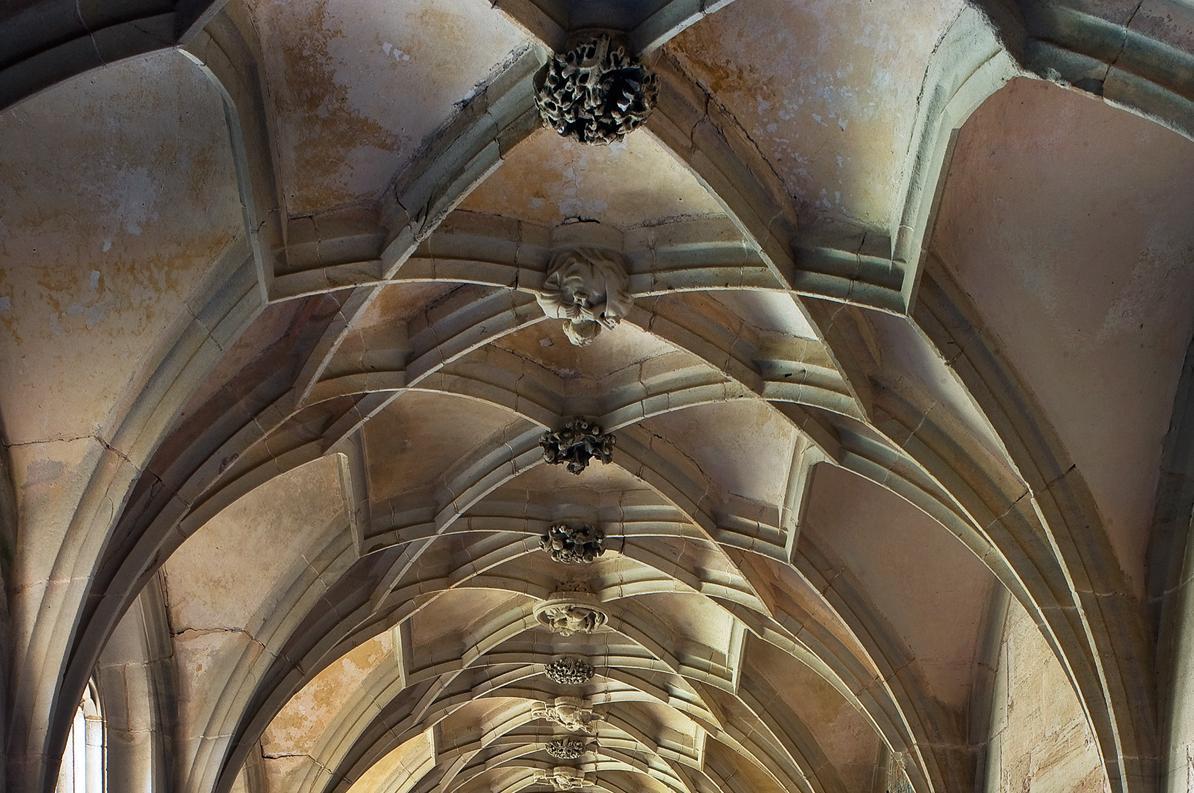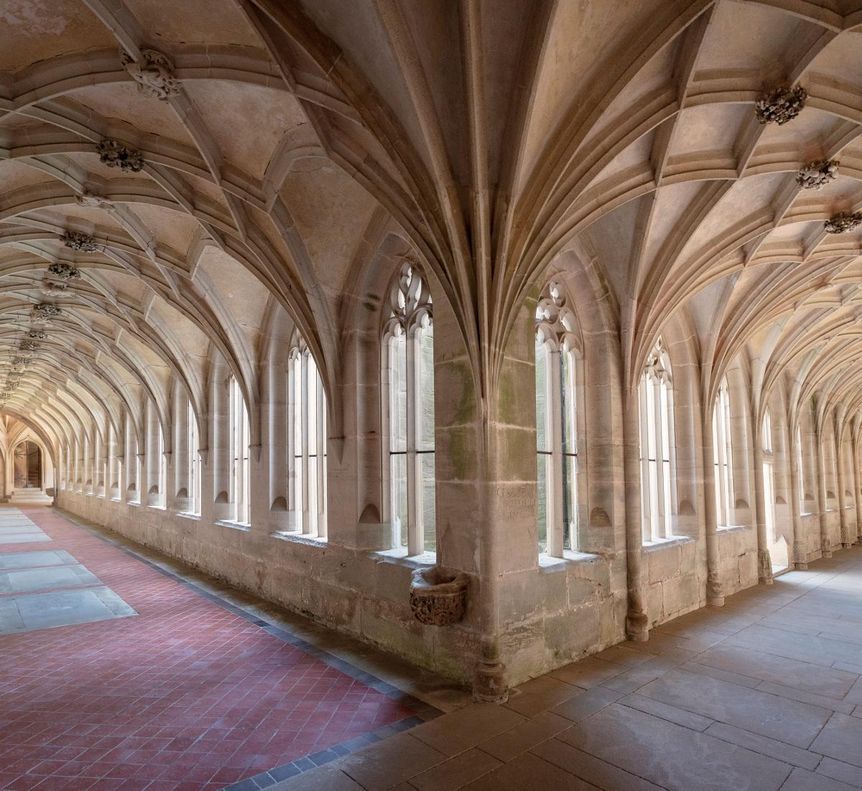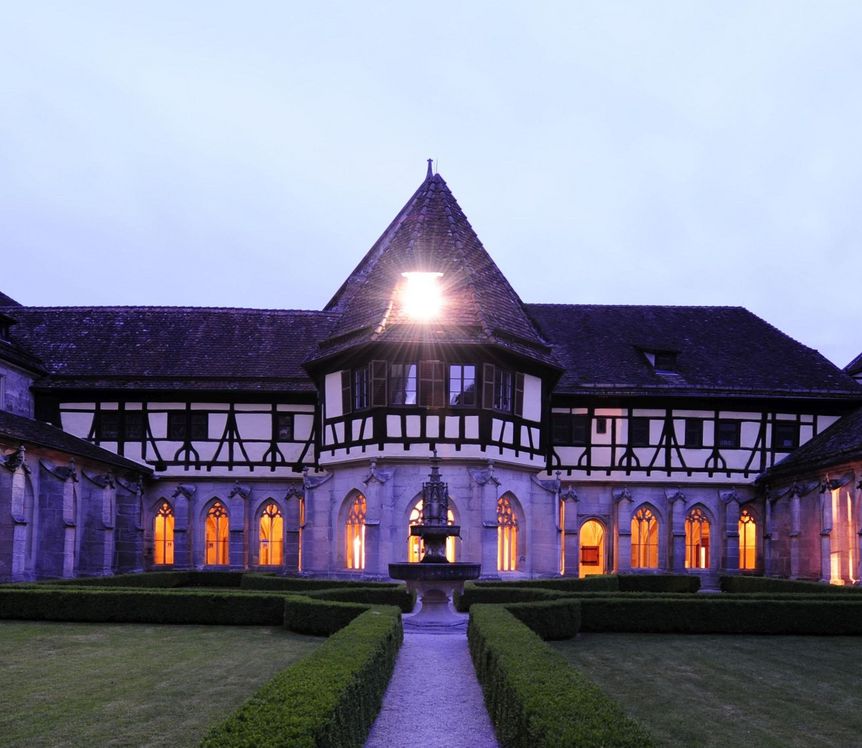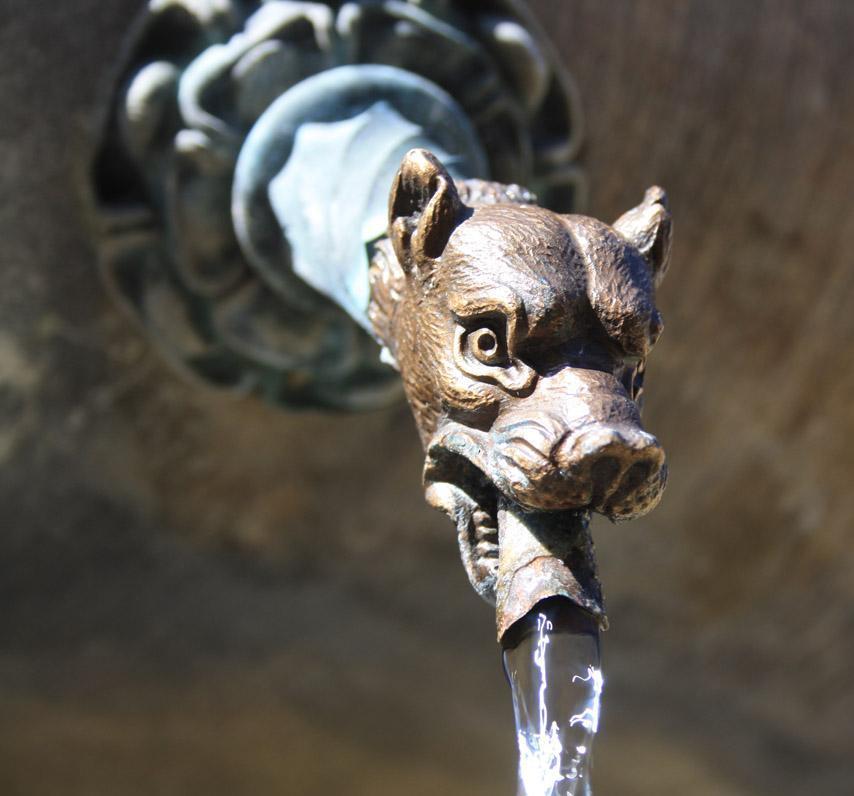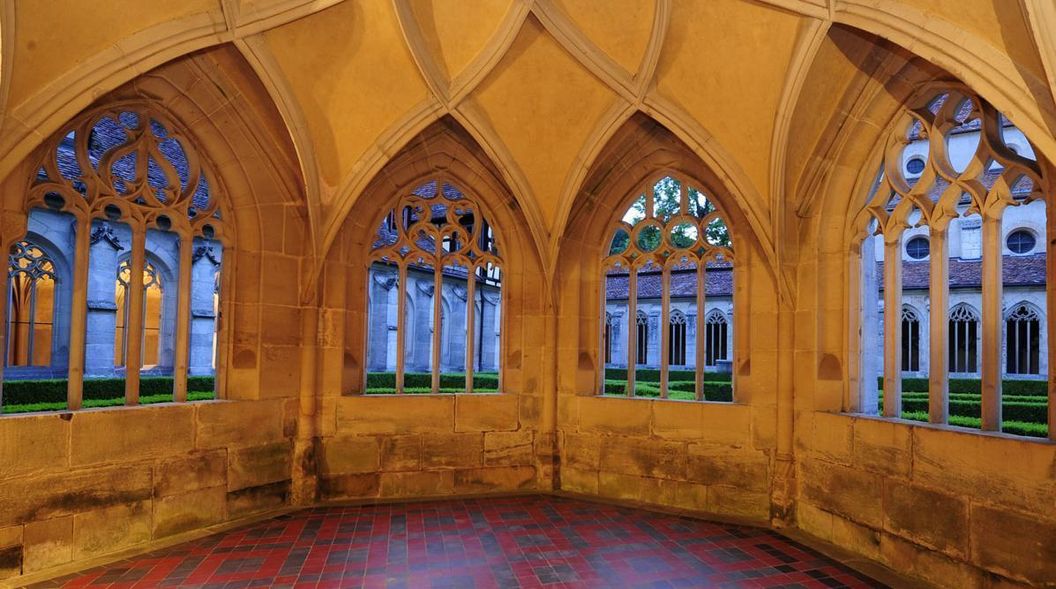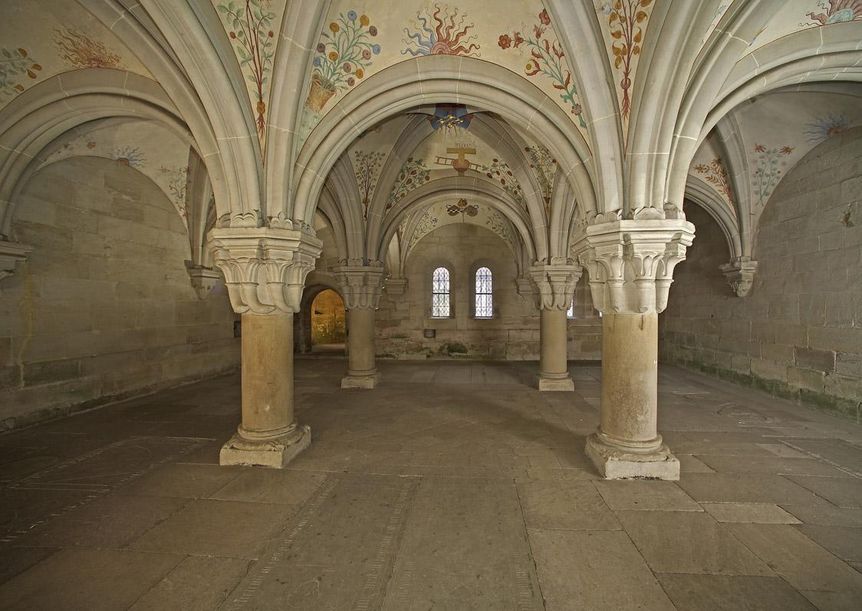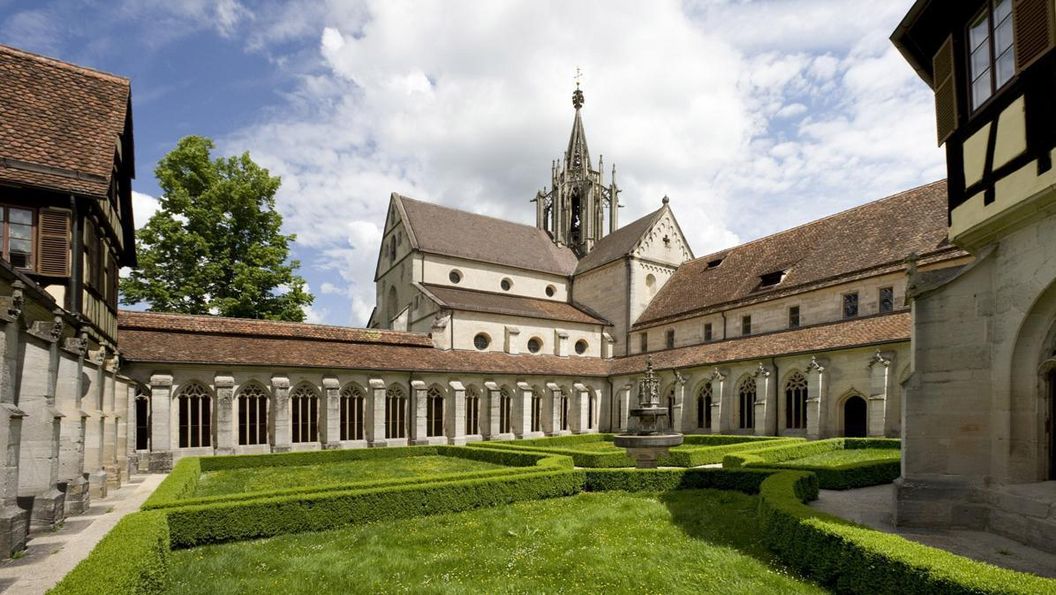The heart of the conclave and a brilliant dividerThe cloister
The cloister is the core of every monastery complex. All of the important rooms of the conclave lie along the four wings of the courtyard. This is where the monks lived. Processions took place here. According to legend in Bebenhausen, the monks were said to light candles in the windows on Saturdays.



